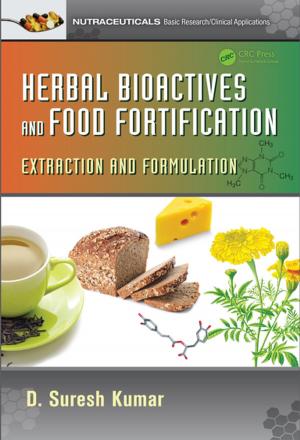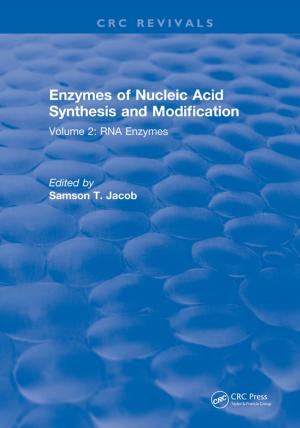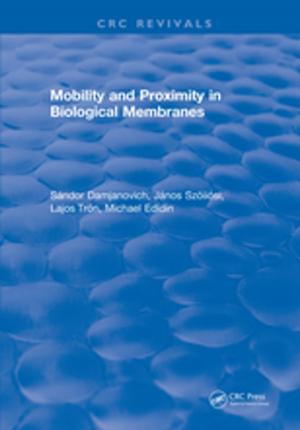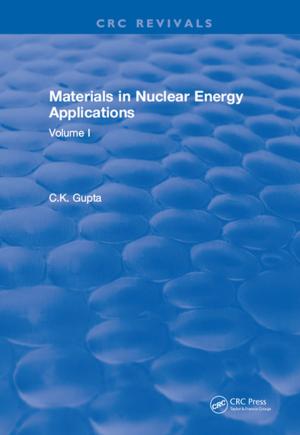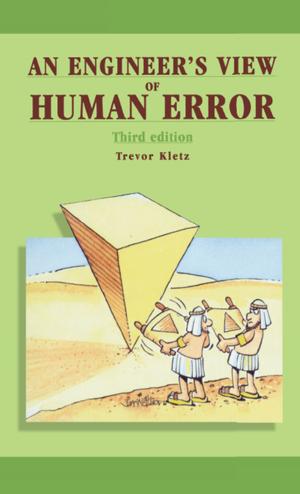Microfluidics and Nanotechnology
Biosensing to the Single Molecule Limit
Nonfiction, Science & Nature, Science, Chemistry, Analytic, Health & Well Being, Medical, Medical Science, Biotechnology, Technology, Electricity| Author: | ISBN: | 9781351831482 | |
| Publisher: | CRC Press | Publication: | December 19, 2017 |
| Imprint: | CRC Press | Language: | English |
| Author: | |
| ISBN: | 9781351831482 |
| Publisher: | CRC Press |
| Publication: | December 19, 2017 |
| Imprint: | CRC Press |
| Language: | English |
An increasing number of technologies are being used to detect minute quantities of biomolecules and cells. However, it can be difficult to determine which technologies show the most promise for high-sensitivity and low-limit detection in different applications.
Microfluidics and Nanotechnology: Biosensing to the Single Molecule Limit details proven approaches for the detection of single cells and even single molecules—approaches employed by the world’s foremost microfluidics and nanotechnology laboratories. While similar books concentrate only on microfluidics or nanotechnology, this book focuses on the combination of soft materials (elastomers and other polymers) with hard materials (semiconductors, metals, and glass) to form integrated detection systems for biological and chemical targets. It explores physical and chemical—as well as contact and noncontact—detection methods, using case studies to demonstrate system capabilities. Presenting a snapshot of the current state of the art, the text:
- Explains the theory behind different detection techniques, from mechanical resonators for detecting cell density to fiber-optic methods for detecting DNA hybridization, and beyond
- Examines microfluidic advances, including droplet microfluidics, digital microfluidics for manipulating droplets on the microscale, and more
- Highlights an array of technologies to allow for a comparison of the fundamental advantages and challenges of each, as well as an appreciation of the power of leveraging scalability and integration to achieve sensitivity at low cost
Microfluidics and Nanotechnology: Biosensing to the Single Molecule Limit not onlyserves as a quick reference for the latest achievements in biochemical detection at the single-cell and single-molecule levels, but also provides researchers with inspiration for further innovation and expansion of the field.
An increasing number of technologies are being used to detect minute quantities of biomolecules and cells. However, it can be difficult to determine which technologies show the most promise for high-sensitivity and low-limit detection in different applications.
Microfluidics and Nanotechnology: Biosensing to the Single Molecule Limit details proven approaches for the detection of single cells and even single molecules—approaches employed by the world’s foremost microfluidics and nanotechnology laboratories. While similar books concentrate only on microfluidics or nanotechnology, this book focuses on the combination of soft materials (elastomers and other polymers) with hard materials (semiconductors, metals, and glass) to form integrated detection systems for biological and chemical targets. It explores physical and chemical—as well as contact and noncontact—detection methods, using case studies to demonstrate system capabilities. Presenting a snapshot of the current state of the art, the text:
- Explains the theory behind different detection techniques, from mechanical resonators for detecting cell density to fiber-optic methods for detecting DNA hybridization, and beyond
- Examines microfluidic advances, including droplet microfluidics, digital microfluidics for manipulating droplets on the microscale, and more
- Highlights an array of technologies to allow for a comparison of the fundamental advantages and challenges of each, as well as an appreciation of the power of leveraging scalability and integration to achieve sensitivity at low cost
Microfluidics and Nanotechnology: Biosensing to the Single Molecule Limit not onlyserves as a quick reference for the latest achievements in biochemical detection at the single-cell and single-molecule levels, but also provides researchers with inspiration for further innovation and expansion of the field.





